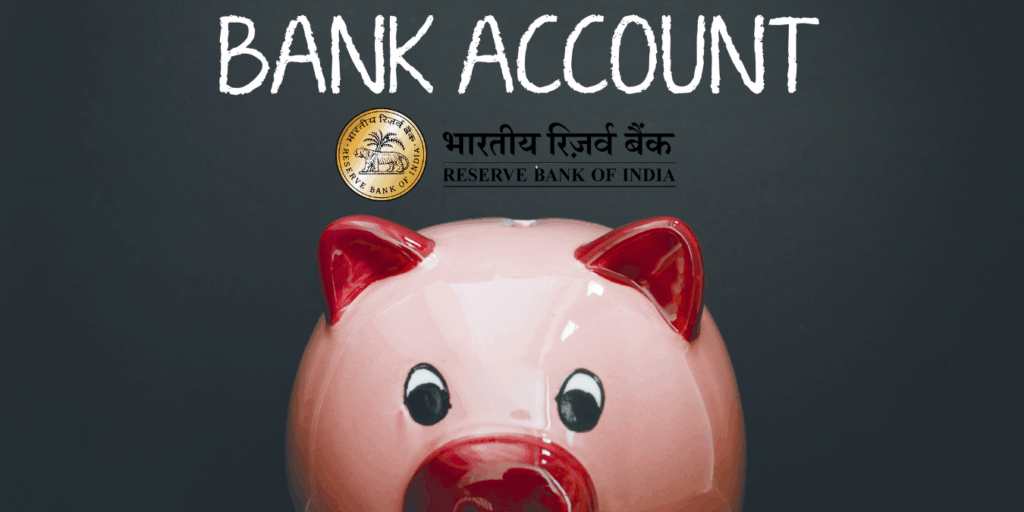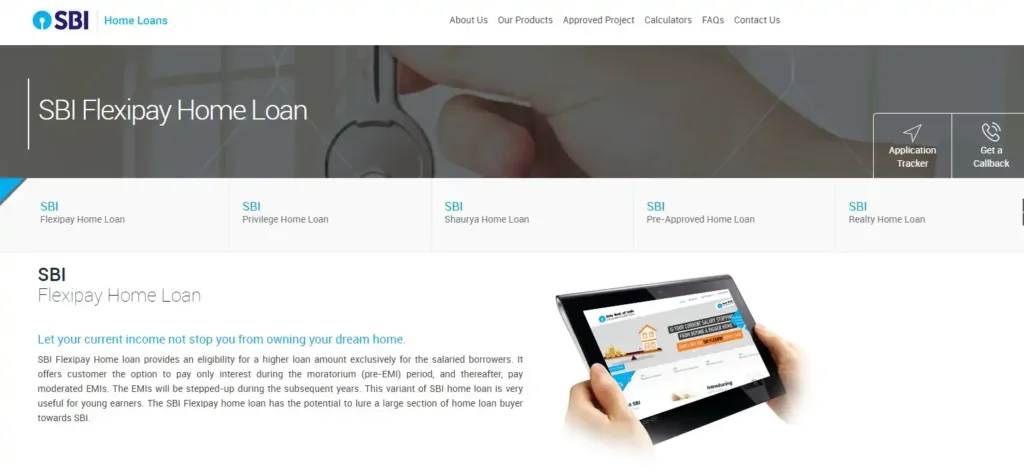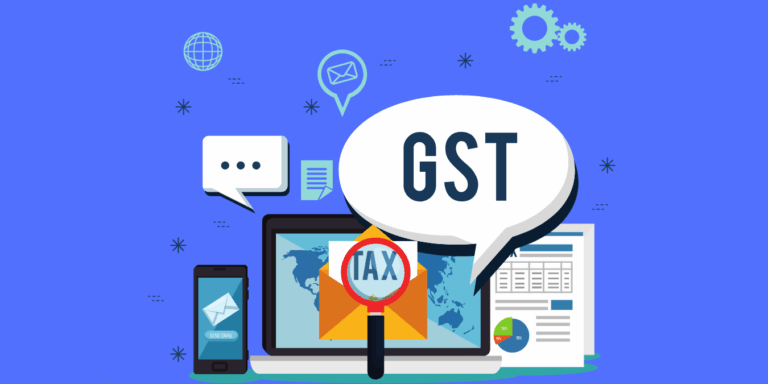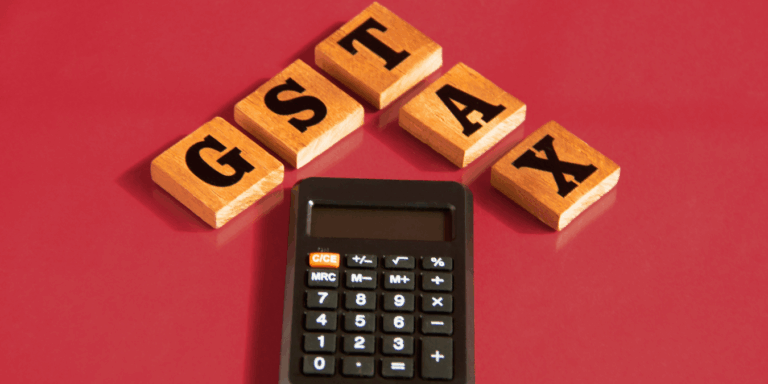
10 High-Risk Cash Transactions in 2025: What You Must Know Now
India’s 10 high-risk cash transactions that could cost you dearly. Discover how everyday cash dealings—from loans to property—are now under strict watch and why millions stay unaware of hidden penalties. Explore the urgent shift toward a transparent, digital economy and safeguard your wealth today!
Handling your daily finances only to discover that a common cash payment you made—or received—could expose you to costly penalties or scrutiny. This is the reality under India’s stringent laws on cash dealings today. What are these high-risk cash transactions, why are they treated with such urgency by the government, and how can individuals and businesses navigate this complex terrain safely?
The Hidden Intensity of Cash Transactions in India
Despite the push for digital payments, cash remains a significant part of India’s financial ecosystem. However, certain cash dealings are becoming increasingly scrutinized and regulated due to their potential misuse in illicit activities, tax evasion, and money laundering.
The Overlooked Impact of Recent Regulations
India’s government in 2025 introduced stringent rules to monitor high-value cash transactions. The key regulation, Section 269ST of the Income Tax Act, explicitly prohibits accepting or repaying more than ₹20,000 in cash per transaction for individuals and ₹2 lakh from any single entity in a day. This effectively aims to curb black money and reduce unreported income, with penalties reaching 100% of the amount involved.
The Top 10 High-Risk Cash Transactions Decoded
India's growing digital economy has ushered in sweeping reforms in cash transaction restrictions aimed at curbing black money, tax evasion, and financial opacity. Here is an in-depth breakdown of the transactions that now stand out as risky:
1. Cash Loans Above ₹20,000: The Invisible Penalty Trap
Loans given or received in cash over ₹20,000 are subject to strict penalties. Section 269ST prohibits acceptance or repayment beyond this limit to discourage unaccounted transactions. The fine? A penalty equal to the cash amount itself. Many borrowers and informal lenders remain unaware, risking severe financial blowbacks.
What’s surprising: The limit also includes aggregate transactions from the same party in a day, not just single transactions.
2. Cash Repayment Beyond ₹20,000: A Legal Minefield
Repaying loans, deposits, or any claims in excess of ₹20,000 in cash invokes the same penalty clause. This applies widely, from informal loans to repayments to non-banking financial firms. Ignoring digital or banking channels exposes parties to heavy liabilities.
Why it matters: Many individuals inadvertently violate this in casual repayments, unaware of the legal stakes.
3. Receiving or Taking ₹2 Lakh Cash Per Day: The Strict Ceiling
Accepting cash exceeding ₹2 lakh from any person or entity per day is illegal under law. This includes multiple transactions aggregated on the same day to prevent the splitting of payments to circumvent rules. Penalties serve as a strong deterrent to large cash dealings outside official channels.
4. Property Dealings with Cash: The Black Money Gateway
Cash transactions in property purchases, especially exceeding ₹30 lakh, have been historically exploited to park unaccounted wealth. Current enforcement actions have intensified, exemplified by recent raids leading to the seizure of crores in undeclared cash linked to real estate deals.
Hidden fact: Many property buyers do not realize these cash payments can invalidate deals or invite hefty tax scrutiny later.
5. Heavy Cash Inflows and Outflows in Savings Accounts: The Red Flag
Bank savings accounts capturing unusually heavy cash movements—deposits or withdrawals crossing ₹10 lakh annually—trigger mandatory reports to tax authorities. AI and data analytics now detect structured transactions aiming to evade detection.
Did you know? Slightly smaller cash deposits timed strategically to avoid scrutiny are also tracked through pattern analysis.
6. Cash Salaries: The Shadow Economy Persists
Payroll cash payments, especially if exceeding ₹5,000 monthly, expose employers and employees to tax risks. Despite formalization efforts, many micro and small enterprises continue cash salary payments under the radar to bypass regulatory frameworks.
What’s at stake: Employees face tax liabilities for unreported income in audits; employers risk penalties and legal action.
7. Rent Paid in Cash Above ₹5,000: A Transparent Approach Required
Public and private sector attention has turned to rent payments in cash beyond ₹5,000 per month. Increasingly, governments are pushing for rent declarations and digitized payments to ensure rental income transparency and compliance.
How to protect yourself: Tenants and landlords are advised to move to formal payment receipts and bank transfers.
8. Cash Payments for Credit Card Bills: The Underestimated Risk
Using cash to pay credit card bills, especially above ₹20,000, can raise alarms on the source of funds, inviting scrutiny. The government promotes digital payments to enhance traceability and curb misuse.
9. Cash Expenses Without Bills: The Financial Risk
Many businesses and individuals incur cash expenses without proper bills or receipts, resulting in tax disallowances and penalties. This challenges the authenticity of the expense and inflates taxable profits unintentionally.
Takeaway: Maintaining impeccable documentation for all cash expenses is now non-negotiable.
10. Deposits After Demonetized Currency: The Lingering Shadow
The aftermath of demonetization revealed significant unaccounted cash amounts hidden in deposits. Recent enforcement efforts underscore that large deposits of demonetized currency can trigger investigations and penalties even years later.
Why Are These Limits So Crucial? The ‘Why’ Behind the Rules
The limits on high-risk cash transactions in India are crucial primarily because they address deep-rooted challenges related to black money, tax evasion, and financial transparency in the economy.
Preventing Black Money and Tax Evasion
Cash transactions, especially those above specified thresholds, are difficult to trace and often serve as conduits for unreported income, undeclared wealth, and illicit funds. By enforcing strict limits and penalizing violations, the government aims to reduce the exponential growth of black money and push taxpayers toward formal channels that ensure income is reported and taxed adequately.
Encouraging Digital and Transparent Transactions
These limits are designed to accelerate India’s transition to a digital economy, where transactions are recorded, verifiable, and compliant. Digital payments create transparent money trails that simplify audits, reduce corruption, and help build a trustworthy financial ecosystem.
Safeguarding the Integrity of Financial Institutions
Heavy cash inflows and outflows pose risks of money laundering and fraud, which can destabilize banking systems. Monitoring cash limits helps banks and regulators detect suspicious activities early and maintain financial system stability.
Aligning with Global Anti-Money Laundering Standards
India’s cash transaction limits also align with international best practices and regulatory frameworks aimed at preventing financial crimes. This alignment is critical for maintaining India’s credibility in global finance and attracting international investment.
Emotional Resonance: Your Aspiration for Financial Confidence
Complying with these rules means stepping into a realm of peace of mind. No anxiety about unexpected penalties, confiscations, or audits. It delivers relief by preserving your financial integrity and secures the aspiration for a prosperous, corruption-free India. Aligning with these norms reflects a powerful commitment to India’s digital future.
Fresh Expert Insights and Latest Trends on High-Risk Cash Transactions in India 2025
India’s financial and taxation experts emphasize a radical shift towards digital financial inclusion to effectively combat the challenges posed by high-risk cash transactions. Here are the latest insights and trends shaping this landscape:
Digital Payments Dominate as a Compliance Safeguard
Experts strongly recommend embracing digital payments like UPI, net banking, and mobile wallets as the first line of defense against penalties associated with cash transactions above thresholds. In 2025, these platforms have become widely accessible, incentivized by government initiatives and RBI-backed rewards schemes, making cashless transactions convenient for individuals and businesses alike.
AI and Data Analytics Revolutionize Detection
Tax authorities and banks increasingly deploy advanced AI-based analytics to identify suspicious cash deposits, withdrawals, and transaction patterns. This real-time monitoring surpasses traditional manual checks, helping detect structuring, layering, and other money laundering tactics previously hard to track.
Increased Judicial Support for Enforcement
Recent court rulings have reinforced the government's position in penalizing unreported cash dealings under Section 269ST and related provisions. The judiciary’s firm stance serves as a deterrent for large-scale tax evasion and encourages voluntary compliance to avoid punitive consequences.
Growing Scrutiny of Property and Informal Sector Transactions
Property transactions in cash remain a major channel for black money. However, intensified government audits, raids, and cross-ministerial data sharing now expose this sector with greater efficiency. Informal sector salaries and rents paid in cash also face heightened attention, compelling gradual shifts toward formalization.
Government Push for Greater Transparency and Formality
Regulatory bodies including the RBI, CBDT, and SEBI are collaborating to tighten rules on cash handling and promote financial transparency. Emerging policies look beyond traditional transactions to encompass digital currency wallets, cross-border cash dealings, and fintech innovations, reflecting a forward-looking regulatory mindset
Clear, Actionable Steps to Stay Ahead
- Never transact cash above specified limits; favor digital or cheque alternatives.
- Insist on bills, receipts, and electronic confirmations in all financial transactions.
- Regularly scrutinize banking statements for suspicious cash movements and consult tax professionals.
- Understand and comply with limits specific to loans, repayments, rent, salaries, and property dealings.
- Adopt digital platforms for salary disbursements, rent payments, and credit card transactions.
What Lies Beyond? The Digital Economy Beckons
India’s financial future is decisively steering away from cash and heading toward a fully digital economy, driven by technological innovation, regulatory reforms, and changing consumer behavior. Here’s an outline of what lies beyond the current landscape of high-risk cash transactions:
Complete Digitization of Financial Transactions
The vision is a near-cashless economy where every transaction leaves a digital footprint—whether through UPI, mobile wallets, biometric payments, or card-based systems. The government's push includes universal digital literacy, incentivizing digital payment adoption, and building an inclusive digital infrastructure accessible even in rural India.
Advanced AI and Blockchain for Transparency
Emerging technologies like artificial intelligence and blockchain will underpin the future of financial compliance and transparency. AI-driven analytics will monitor vast transaction volumes in real-time to instantly flag irregularities. Blockchain’s decentralized ledger promises secure, tamper-proof transaction records, reducing fraud and enhancing trust.
Expanding Regulatory Reach to New Assets and Channels
Regulators are preparing to address the challenges posed by cryptocurrency transactions, cross-border digital money flows, and emerging fintech products. Digital currencies—both private and Central Bank Digital Currencies (CBDCs)—will be closely monitored under new frameworks designed to prevent illicit finance while fostering innovation.
Financial Inclusion and Formalization of the Informal Sector
Digitization promises to bring vast informal sector activities into the formal economy. Easy-to-use digital payment tools and interoperable financial services will empower gig workers, small businesses, and unbanked populations, reducing reliance on cash and improving access to credit and social benefits.
Behavioral Shifts and Public Trust
As the economy digitizes, consumer and business behavior will evolve to expect transparency, security, and convenience in financial dealings. Public trust in digital systems, supported by consumer protection laws and grievance mechanisms, will be essential to sustain momentum.
A Final Thought to Ponder
In the fast-evolving landscape of India’s financial ecosystem, the digital economy emerges as the beacon of transformative change. By 2029-30, India's digital economy is projected to contribute nearly one-fifth of the national income, outpacing traditional sectors like agriculture and manufacturing. This rapid growth is fueled by widespread adoption of digital payments, AI, cloud services, and the presence of global capability centers, with India hosting 55% of these worldwide. Yet, challenges remain, including closing digital gender divides and fostering innovation through increased R&D investment. The government's Digital India initiative continues to expand connectivity and digital literacy, bringing millions into the formal financial system. As the cash economy diminishes, embracing digital channels becomes essential not just for compliance but for thriving in India’s future economy. The journey towards a cashless, transparent, and inclusive financial environment is underway—one where technology, regulation, and innovation converge to unlock unprecedented opportunities and economic empowerment for all Indians. Are you ready to be part of this unstoppable digital revolution?

































